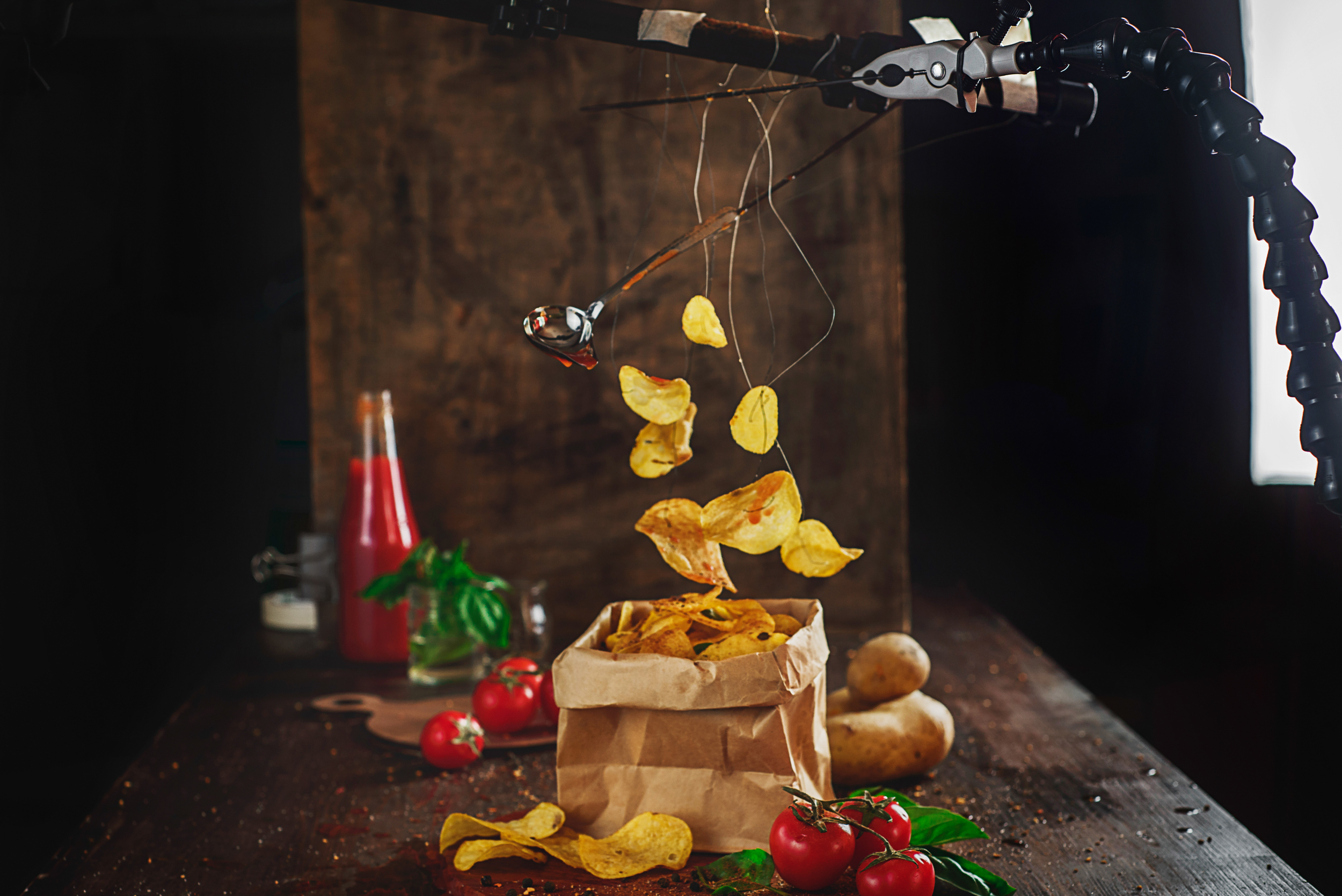
Mix ten drops of yellow food coloring with one drop of red food coloring. If your gold color is too light, add more red. Keep on testing until you have your desired gold color. How can I make maroon, You need to add a little bit of black to red food coloring. What colors do I mix to get red, blue, or yellow, Because red, blue, and yellow are all primary colors, it is impossible to mix two or more colors to get them. How do I make a light purple,
Mix a few drops of blue with the same number of drops of red. Fewer red drops should provide a lighter purple. What colors do I mix to get Crimson, Crimson is a mixture of red, pink, and a dash of brown/black. Start out with a red base, add a tiny amount of pink, then mix the two.
After that, add a VERY tiny amount of black and slowly mix until you start to see a crimson color. Note that crimson is almost like a darkish red, which more pinkish tones. What colors do I mix if I want gray, Just mix white and black until you get the shade of gray you like. What colors do I mix to make pink, You must add a small drop of red to white. You don't need white food coloring if you have white frosting you are dyeing, or if you are dyeing eggs. I have red, green, and yellow. You could make any variation of orange, brown, lime green, yellowish green, or greenish yellow.
This can help them live in a beneficial, symbiotic relationship to help nourish you and fight disease. This is where the GAPS Nutritional Program - which has also brought massive benefits to my own gut and overall health - comes in. Dr. Natasha Campbell-McBride, a Russian-trained neurologist with a full-time medical practice in the United Kingdom, in her GAPS program,treats children and adults with autism, learning disabilities, neurological disorders, psychiatric disorders, immune disorders, and digestive problems using GAPS.
I am completely amazed by the principles of the GAPS, which introduces fermented foods and the "heal and seal" process that Dr. McBride has developed. GAPS stands for "Gut and Psychology Syndrome," which talks about the functioning of your brain. According to Dr. McBride, any dysfunction of the brain is usually connected to what's going on in the digestive system.
GAPS also means "Gut and Physiology Syndrome," which talks about the functioning of the rest of your body. It would be wise for you to implement the GAPS program if you're suffering from any of these diseases, or practically any other health issue. The GAPS Nutritional Protocol intends to restore the integrity of your gut lining. Its dietary component consists of easily digestible foods that are dense in nutrition, including fermented foods. Learn more about the GAPS diet.
But whether you're suffering from GAPS or not, cultured or fermented vegetables will do great wonders for your health, as shown in their presence in virtually all native and traditional diets. Fermented vegetables are a mainstay in the GAPS diet. Remember, though, that cultured foods are very efficiency detoxifiers - you may experience a "healing crisis" or detox symptoms if you introduce too many of these foods at once.
Begin with very small servings, then work your way up to the quarter- to half-cup serving size. This gives your intestinal microbiota the chance of adjusting. It is ideal to include a variety of fermented foods and beverages in your diet, because each food with inoculate your gut with a mix of different microorganisms. You can do wild fermentation, or allowing whatever is on the vegetable or fruit that you're culturing to simply take hold and culture the food.
However, this method is very time-consuming. It is suggested that you inoculate the food using a starter culture to speed up the fermentation process. Shred and cut your chosen veggies. Juice some celery. This is used as the brine, as it contains natural sodium and keeps the vegetables anaerobic. This eliminates the need for sea salt, which prevents growth of pathogenic bacteria. Pack the veggies and celery juice along with the inoculants (starter culture, such as kefir grains, whey, or commercial starter powder, all of which can be used for vegetables) into a 32-ounce wide-mouthed canning jar.
Tags:
How Make Food
